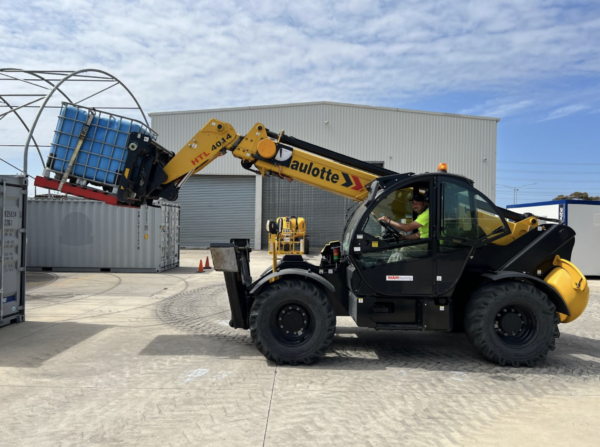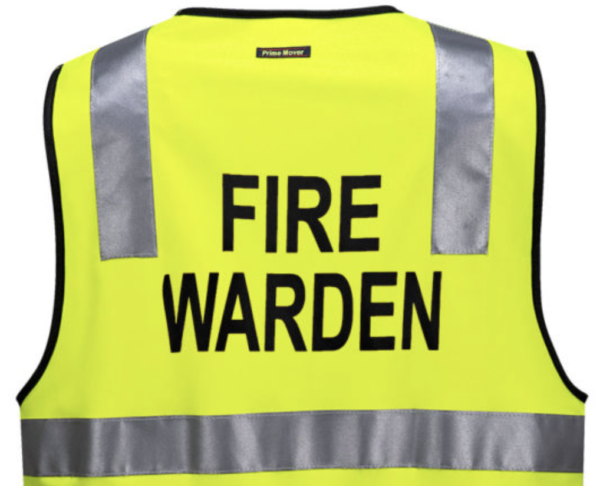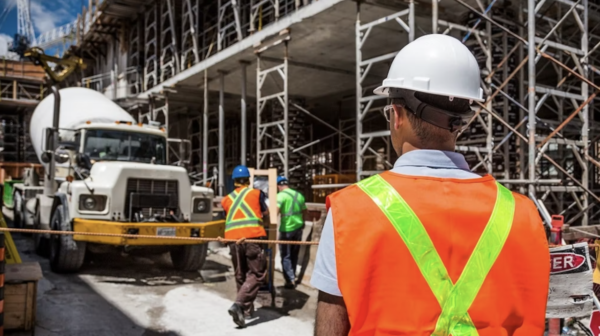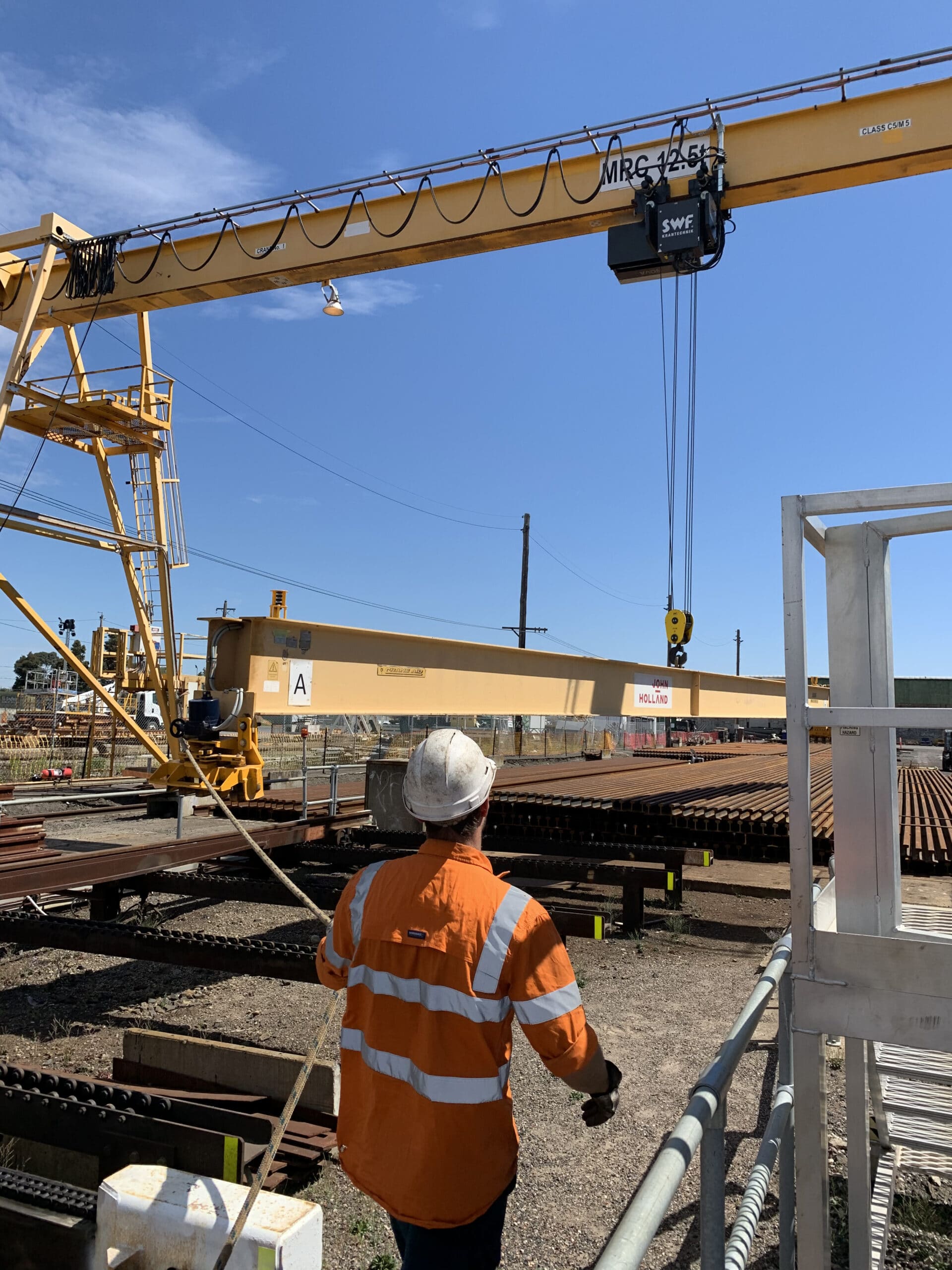
Overhead Crane Definition
In simplistic terms an overhead crane is a piece of equipment that can lift and shift a whole range of heavy objects in a safe and precise way.
Overhead cranes generally cover a rectangular area and can move from side to side.

There are many different types of overhead cranes such as:
Gantry Cranes
As the name suggests a Gantry crane has a hoisting device attached to a prefabricated gantry, with the hoist being able to move from side to side on the gantry’s overhead beam.
Jib Cranes
Jib cranes are either floor mounted or attached to a building support beam. They have an overhead beam which is attached to its own dedicated support. The overhead beam can normally be rotated manually by the operator and the hoist attached to the overhead beam can be moved along almost the entire length of the beam.
Bridge Cranes
Are probably what most people instantly think of when referring to overhead cranes. Bridge cranes have bridge girders which span the width of a factory or work area and are often supported by the building itself. The hoist system which is attached to the bridge girder can move from side to side, and in most cases the bridge girder is set up on tracks which enables the bridge crane to also travel forwards and backwards. Bridge crne configuration can either be single girder or double girder.
Workstation Cranes
Workstation cranes have their own floor mounted supports to support the overhead beam which has a hoist attached. The hoist is movable from side to side whilst the overhead beam can also travel back and forth if mounted on tracks.
Top Running Cranes
The term running refers to how the overhead crane is to its support structure. Top running as it suggests is mounted on top of its support structure.
Under Running Cranes
Under Running cranes are attached to the underside of its support structure. This type of overhead crane configuration is generally used when work areas have low ceiling height.
Training and Licencing requirements – Overhead Cranes
The type of training or licencing you require to operate an overhead crane in Australia depends on how many motions your overhead crane has and whether or not it is operated from a cabin.
In general terms overhead cranes have a hoist that can move sideways (Left & Right) along the bridge girder, the hoist can also raise and lower (Up & Down) and the bridge girder can travel backwards and forwards (Back & Forth) if the bridge girder is mounted on tracks. Depending on who you speak to some will refer to this as 6 motions, however for licencing purposes in Australia these movements are counted as 3 movements (Left, Right, Up, Down, Back, Forth).
If your overhead crane has a cabin attached or has a fourth movement such as a rotating head in steel mills, then you need to obtain a Worksafe High Risk Work Licence (Class CB) (Bridge and Gantry crane). If your overhead crane only has 3 motions or less then you only need to complete an overhead crane training course.
If your overhead crane only has 3 movements, you do not need to get a High Risk Work Licence. However under all OH&S legislation in Australia, any item of plant that poses a risk to the health and safety of an employee or member of the public, requires the employer to provide supervision, instruction and training. The obligation of the employer is to ensure their employees are all trained to operate the overhead crane and have been given proper instruction on how to use the crane safely, this is normally in the form of a Standard Operation Procedure (SOP) or a Safe Work Method Statement (SWMS or Swims).
Do I need to be a Dogger to operate an Overhead Crane?
There are 2 specific duties that are performed when an overhead crane is in operation. Firstly is the operation of the overhead crane itself which requires training and or licencing as detailed above.
Secondly, when attaching loads to the hook of the crane, in almost all cases this needs to be done by a Dogger or Dogman. The definition of a Dogman as agreed to by all states and Safe Work Australia comprises any one the these 2 main Dogging activities, which are:
- The usage of slinging techniques to sling a load, including the selection and inspection of lifting gear
- Communicating with and the direction of a crane operator when a load is being moved and not in the operator’s view
With regards to most overhead crane operations only the 1st activity applies. Therefore if you are using slings or slinging techniques when attaching loads to your overhead crane, this must be done by a licenced dogger or dogman.
You can read more about Dogging training by reading our blog Dogging in Construction – 11 things you must know.
Planning Your Work
To guarantee the safe operation of an overhead crane, planning your work and complying with your legal requirements are critical to ensuring you, your people and your worksite are safe.
Standard Operating Procedure
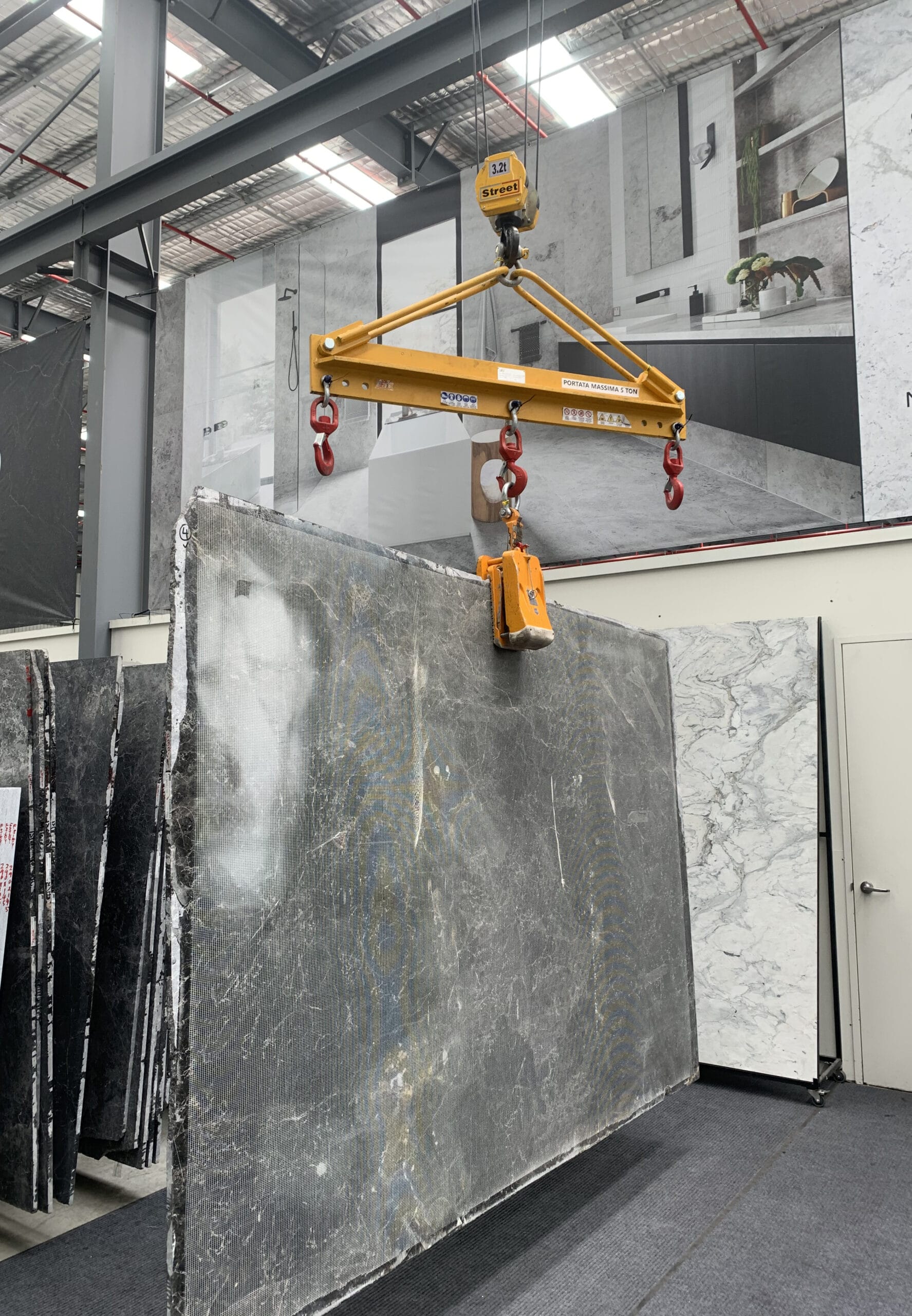
It is an expectation of our laws and government regulators that you must provide your employees instruction on how to operate any piece of plant or machinery that pose a health or safety risk to the operator.
One of the most common names given to this set of instructions is a “Standard Operating Procedure”, however they can also be called a safe work procedure, safe work instruction, safe work method statement, and so on. It does not matter what you call your document, but you must have a set of instructions that ensures the safety of your people when they operate any item that poses a risk to their health.
Planning your Overhead Crane Operation
Planning your work initially consists of a site inspection to identify and visualise the work that needs to be completed, as well as noting any obstacles and hazards that exist. Once you have completed your visual check of the area you need to ensure you document your findings in your risk assessment, most commonly known as “A Safe Work Method Statement”.
Safe Work Method Statement – Risk assessment
Under all state OH&S laws employers are required to complete a risk assessment prior to the commencement of any high risk work. The operation of an overhead crane falls into this category, and therefore a risk assessment must be completed.
In layman’s terms the risk assessment process requires you and your workers to discuss the work about to be completed, identify any potential hazards to the health and safety of anyone in your work area, and then to implement control strategies to minimise or eliminate any potential health and safety risk.
There are many different names for risk assessments such as Safe Work Method Statement, SWIMS, Job Safety Analysis (JSA), Take 5 and so on. It does not matter what you call your risk assessment, but it must always be completed.
Pre-Operational Safety Checks
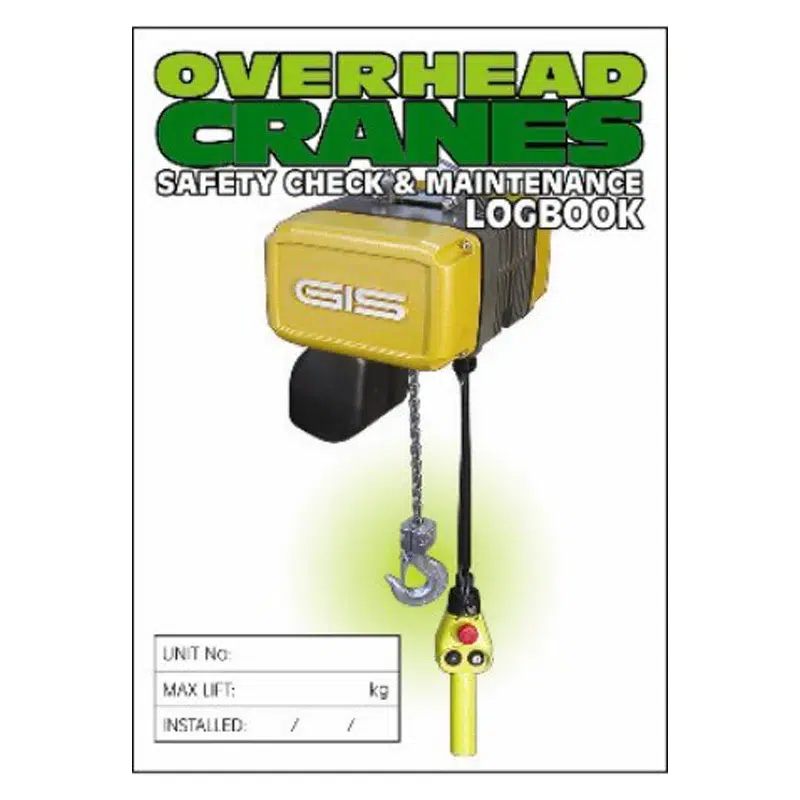
All trained operators know about the legal requirement to conduct pre-operational safety checks on all overhead cranes prior to use. However – We all know that this does not occur as often as it should. If the pre-operational safety checks are not completed each state health and safety regulator has the power to issue significant penalties. Let’s not forget, these machines lift really heavy things, and if something goes wrong, it goes really wrong.


